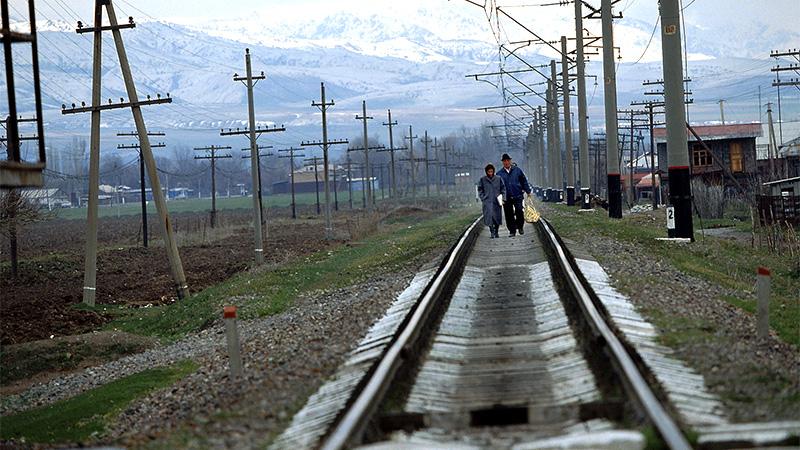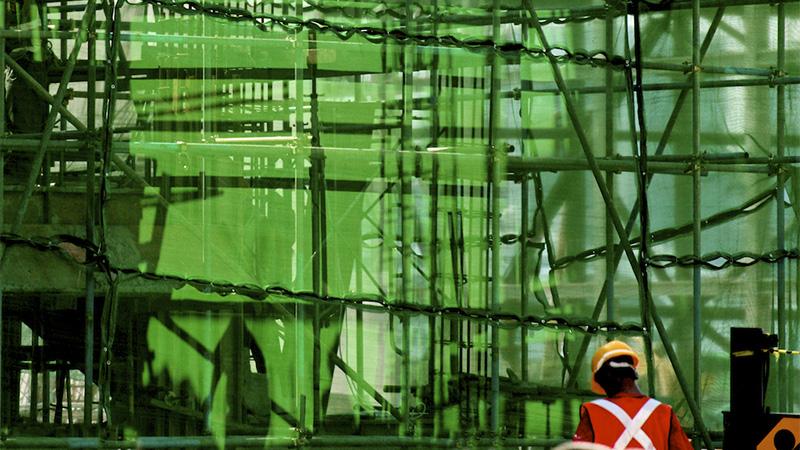Power Lines
Episode #5 of the course Master photographic composition by Tom Ang
Hello!
I hope you’re finding the tools and techniques on this course fun to do and exciting in their potential. The more you work with them, the greater your fluency. It’s like learning a language. As your command improves, you can say more complicated, meaningful things. So is with your photography.
Today, we look at the most powerful of all compositional tricks: converging parallels.
Far Horizons
Western art made a huge advance when great architects in 15th-century Florence, Italy, understood how to draw lines on paper the way they looked in real life. Parallel lines at an angle to the observer—like the sides of buildings—converge away to the distance. Here’s another example: Railway lines are parallel—the same width apart—throughout their whole length. But they appear to come closer and closer together the farther they are.
Once you get your eye in, you’ll find converging parallels everywhere! Roads, buildings, corridors, even on furniture—the list is endless.

Drawing Space
Converging parallels are one of most powerful cues for three-dimensional space. When you see them, you know—you feel—something is receding from you. You’ve entered a space! Such lines lead the viewer into the image, so they are often called “leading lines.”
Try this:
• Strengthen the effect of converging lines by placing, say, a person close to you and another farther away. This exaggerates differences in size and that reinforces the sense of space.
• Keep in mind: Converging lines do wonderful things when it’s misty, foggy, or hazy. In such conditions, straight roads or railway lines fade into the distance much more quickly than normal.
• Experiment with focusing on the foreground and allowing the background to blur. This is a strong way to strengthen the sense of space falling away from the front of the image.
Other Lines
Lines can also add texture and pattern to an image. Other kinds of lines wind through the image like a road across landscape. These work by defining depth and take the viewer on a tour through the picture space.
Look out for:
• Radiating or radial lines, like those of a spoke of a wheel or a whorl of leaves of a plant. These give strong compositions because they also define the strong shape of a circle.
• Criss-crossing lines, like those of scaffolding, weaving, and sloping roofs. These offer repeats and textures that work well with patches of strong colors. In this image of a building site, for example, the shadows of the scaffolding keep up interest in the large expanse of green.

• Winding or sinuous roads or paths, like those through the countryside. They give shape to otherwise formless masses of land. They are also less obvious than a rapidly receding set of straight lines.
You see, I’ve been slipping in ideas about entertaining the viewer, taking them on a journey, and so on. That’s the job of photo composition. It’s like a song that people can’t get out of their mind. We’re composing images that stick in the mind’s eye because they entertain and please.
Tomorrow, let’s look at the wonderful work of reflections.
See you!
Tom
Recommended book
The Essence of Photography: Seeing and Creativity by Bruce Barnbaum
Share with friends

